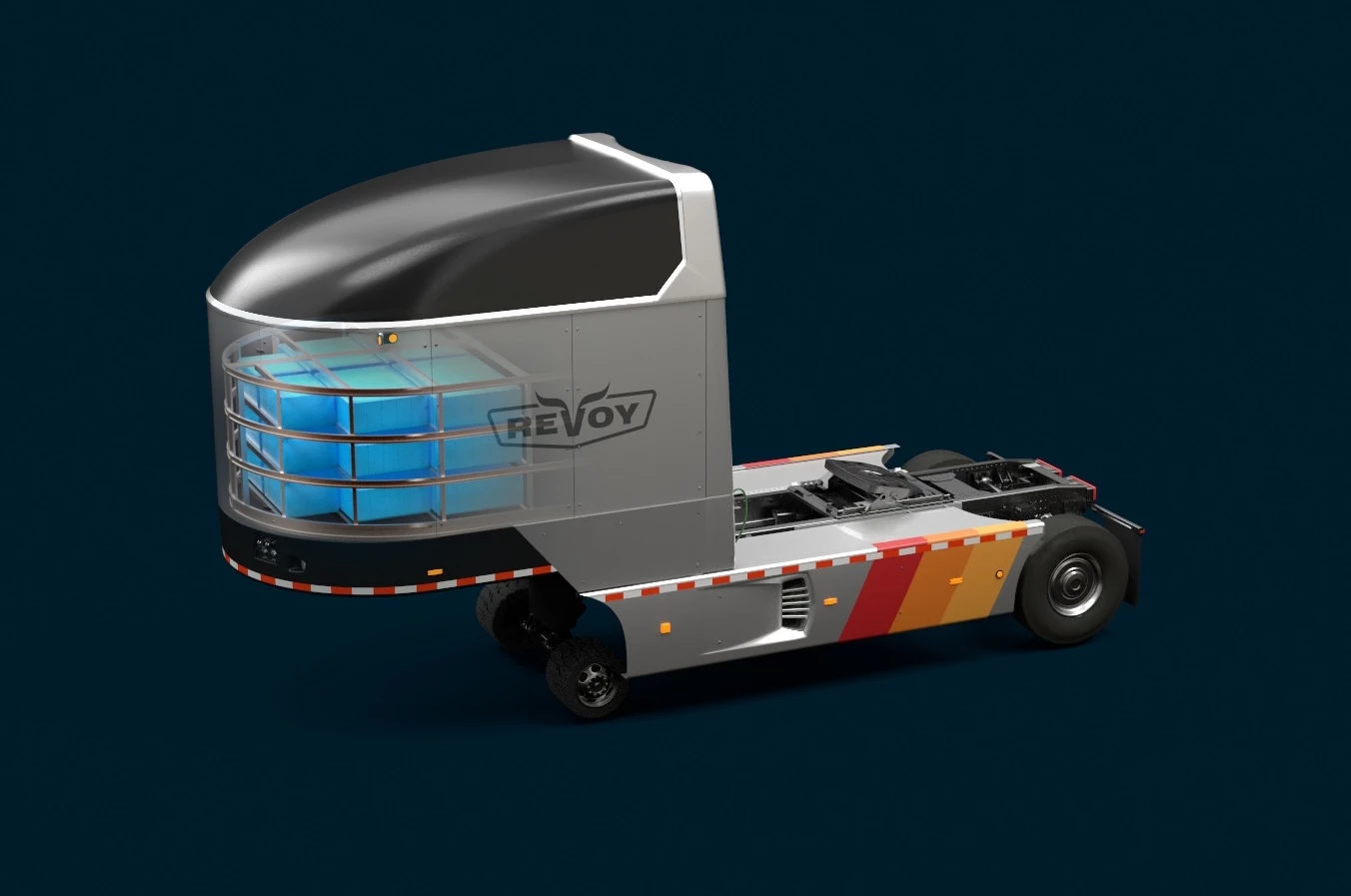According to the EPA, transportation produced 28% of the greenhouse gases released in the United States in 2022, and nearly a quarter of that came from heavy vehicles – more now than from passenger cars. Long-haul trucking is therefore a low-hanging fruit for efforts to mitigate climate change through electrification.
Or rather it would be, were it not for the tangle of special difficulties that makes electrifying road-freight routes hard. Compared with diesels, electric prime movers are very expensive, don’t go far on a charge, and take a long time to recharge. And trucking is a small-business industry that operates on low margins.
Truck fast-chargers exist, but in the US they’re scanty – and that’s not likely to change unless investors see a demand for them.
Freight firms find the lower running costs and enhanced drivability of electric vehicles attractive but are daunted by the big initial investment and practical drawbacks. EVs make up a tiny proportion of new heavy truck sales in the US.
California-based startup Revoy sees itself as well-placed to break up the logjam, with an innovative product and an innovative business model behind it.
The product is a dolly that can be spliced between the tractor and trailer of any standard diesel semi-truck and then propel the truck via its electrically driven axle.
Power comes from a battery carried on the dolly with a 575-kWh capacity that's comparable to batteries in fully electric prime movers. Revoy says it offers a range of about 250 miles (400 km), and a higher-capacity unit is in the pipeline.

The clever bit is that neither truck nor trailer requires modification to accept the dolly, which connects to a truck’s standard fifth-wheel hitch but supplies a smart kingpin. It also adds sensors where it picks up the air and electrical lines between truck and trailer.
Rather than degrading the driving experience, the 11-ton (10-tonne) dolly is claimed to enhance it, even though its only direct interface with the driver is a cellphone app.
Revoy doesn’t offer detail on how it manages this, but CEO Ian Rust’s LinkedIn background in self-driving vehicle tech offers a clue. The company says the dolly brings assisted steering correction (helping the driver handle crosswinds, for example), regenerative braking, auto-reversing, and blind-spot detection. The blind-spot monitor appears on the app screen.
The company claims an attendant can splice in a Revoy dolly to a tractor-trailer in about four minutes at one of the swap stations it plans to build at strategic locations on major routes. Thus a depleted dolly can be swapped for a fresh one faster than a diesel truck can refuel and much faster than the 30 minutes even ultra-fast truck battery chargers require. The swap stations would also offer refreshments.
Should a route extend beyond Revoy’s network, truckers can revert to diesel power only – leaving the dolly at the final swap station passed.
Revoy began a pilot program with one fleet operator in December 2023, using swap stations in Texas and Arkansas. A second trial is planned for this year, along with a third swap site, in Washington state.
Its business model leases the right to use a dolly to truckers on a per-mile basis at a rate it says leaves freight operators breaking even, at worst, after accounting for savings on fuel.
Truckers could therefore add electric power on supported routes without drawing on capital, with the driving aids icing the cake.
A downside of the system is added weight from the dolly, which encroaches on payload weight available under the federal 40-ton (36-tonne) gross vehicle weight limit on interstates. Revoy says most truck loads are space-limited rather than weight-limited and more than 60% of tractor-trailers on the road could take advantage of its service.
Could the Revoy model work outside the US? Most long-haul trucks on US routes are single-trailer rigs, and Revoy has not said whether its dolly could also work with the twin-trailer B-Doubles whose use is widespread in Canada, Australia and elsewhere.
But it’s not hard to see a Revoy-type system working to electrify the 2,500-mile (4,000-km) transcontinental road link between Australia’s east and west coasts, for example, with Outback swap stations charging dolly batteries from solar arrays.
Source: Revoy





